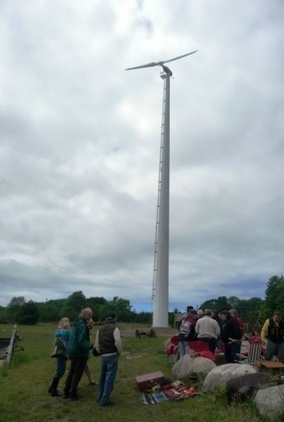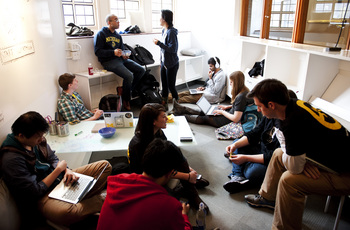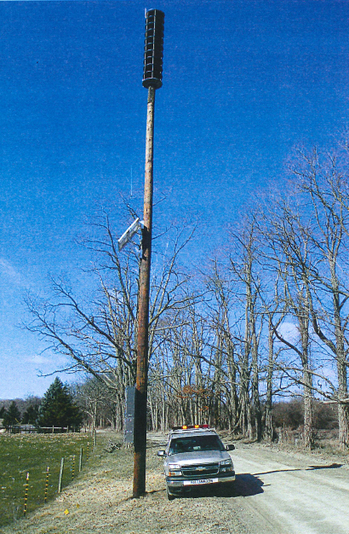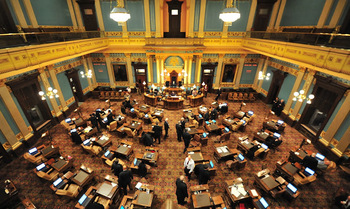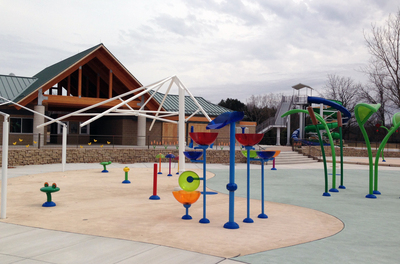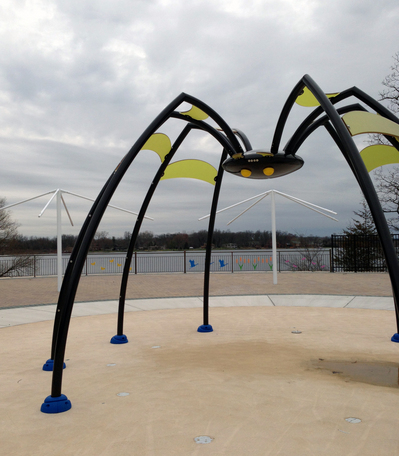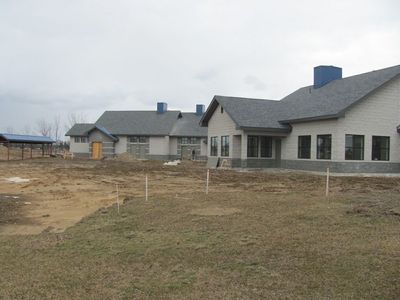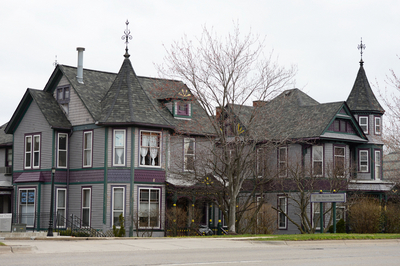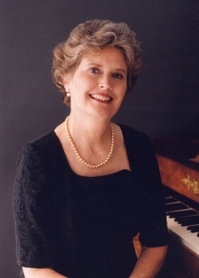Through slow hitting, wild pitching and snowflakes, the streak endured.
The Michigan softball team extended its winning streak to 19 games with a 5-3 win over Iowa Saturday at Alumni Field. The streak includes 14 straight Big Ten wins this year, and is the longest active streak in the nation.
More Coverage: Boxscore
After mostly cruising through the Big Ten up to this point, Michigan had to overcome an early two-run deficit with a four-run rally in the bottom of the sixth inning.
“The mark of a great team is to find ways to win, and to win games when you don’t play your best, because that was not our best game,” Michigan coach Carol Hutchins said. “It was not good softball in a lot of areas, but we found a way to pull it out.”
The Wolverines and Hawkeyes will play a doubleheader Sunday at noon and 3 p.m., after cold weather conditions forced a postponement of Friday’s scheduled Game 1 of the series.
Michigan came into the sixth inning with only six outs left in the game and one hit on the board. But after freshman Sierra Romero led off the inning with a walk, Caitlin Blanchard singled and senior Ashley Lane drew a nine-pitch walk to load the bases.
From there, a game-tying single by Sierra Lawrence and a two-run single by freshman pinch-hitter Kelsey Susalla had the Wolverines back to where they’re used to being.
“No matter how tough the first few innings are, we’re not going to give up any at-bats,” Blanchard said. “We were just going to keep pushing, keep attacking, keep fighting.”
Michigan had been averaging more than 12 runs per game in their first 13 Big Ten games, and had scored five or more runs in each one.
But Hawkeyes starter Kayla Massey gave up only one baserunner on an error in the first three innings on a tough day at the plate early for Michigan.
Michigan starter Sara Driesenga wasn’t as sharp. The sophomore struck out seven batters in 3 1/3 innings, but was pulled after issuing four walks and throwing two wild pitches.
Lefty Haylie Wagner came in with one out in the fourth, and after allowing the inherited runner on second base to score on a single held Iowa scoreless through the rest of the game.
“That’s what we needed her to do,” Hutchins said. “That’s her job, if she’s not starting the game, we need her to close the game and vice-versa. Those two complement each other well.”
The only Wolverines hit in the first five innings was a home run by Romero, who led off the fourth inning by hitting a ball just over the fence near the right field foul pole.
Romero’s home run is her 18th of the year, tying her for the Big Ten lead. She is now just three shy of tying Michigan’s single-season record with nine regular-season games left on the schedule.
“She’s lived up to her billing,” Hutchins said. “She’s a fantastic player, and she’s just a fantastic kid. I love her swag.”
The home run gave Michigan a one-run deficit that held up through a close play in the next inning. With runners on second and third, Iowa tried a suicide squeeze but was thrown out at the plate. Catcher Lauren Sweet then cut down Iowa’s Michelle Zoeller as she tried to take second base for a 3-2-8 double play to end the inning.
The call at the plate incensed Iowa coach Marla Looper, but allowed the Wolverines to escape the inning down by just one.
“It was a big play, I can tell you that, a big play,” Hutchens said. “We were fortunate to get out of there.”
Michigan is going for its sixth consecutive Big Ten title, and holds a 2.5-game lead over Nebraska, its opponent next weekend in Lincoln. The Wolverines have eight Big Ten games remaining on the schedule before the conference tournament May 9-12, which is being revived this year after a four-year hiatus.
But the Wolverines insist they aren’t looking ahead, or thinking about the 19 wins in their rearview mirror.
“I honestly didn’t even know the number until right now,” Blanchard said. “That’s not really something we’re focused on. We’re thinking about a Big Ten championship at this point, and obviously our goal is a national championship. We’re focusing on the next game we have, not on the 19 we’ve played.”
Kyle Austin covers sports for AnnArbor.com. He can be reached at kyleaustin@annarbor.com or 734-623-2535. Follow him on Twitter @KAustin_AA.

